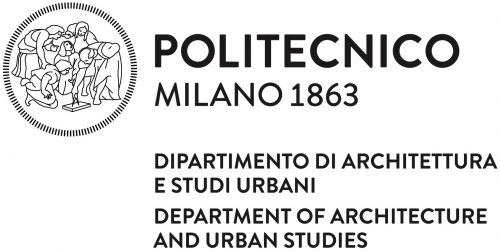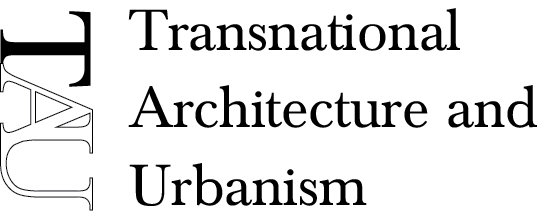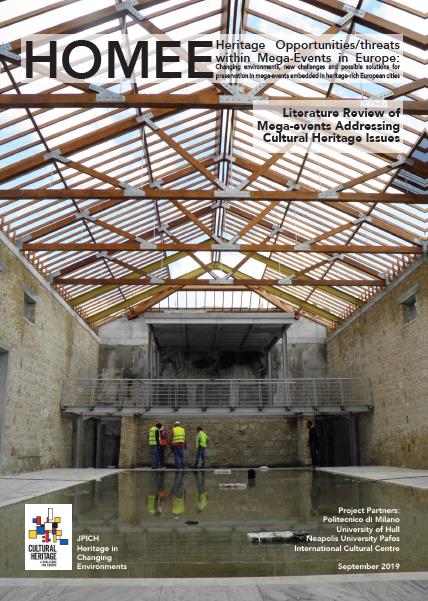This document is the first deliverable (A1.2) of the “HOMEE – Heritage Opportunities/threats within Mega-Events in Europe: Changing environments, new challenges and possible solutions for preservation in mega-events embedded in heritage-rich European cities” research project, financed under the European call “JPICH Heritage in Changing Environments.” The research explores for the first time the relationships between the planning and implementation of mega-events and cultural heritage in European cities. The literature review provides background concepts and a sound critical framework for the analyses of the research and its case studies by carrying out an extensive trawl of the existing literature, identifying and teasing out key messages emerging from both academic sources and high-level policy documents. Exploring these relations is important because one can find abundant literature and longstanding debates both on mega-events and heritage topics. Yet there is also a clear gap in research about the relationship between the two. The HOMEE literature review not only describes these gaps but also explains the reasons why it is important to address them.
You can download the Literature Review file here:
https://www.tau-lab.polimi.it/wp-content/uploads/2019/09/00-Lit-Review-FINAL.pdf
In recent years this missing link has become more and more important in urban planning and cultural policy practice as mega-events and cultural mega-events in particular have more intensively being using, reusing and improving existing facilities and infrastructure within the city fabric and in historic city centres especially. This document defines mega-events (see section 1.1), showing similarities and relevance of their cultural dimension and international spread, with particular attention to cultural mega-events. Our aim is to lay the foundations for an informed debate as well to highlight the importance given to the costs and benefits for city policy makers while hosting mega-events to factor in the potential role of heritage preservation, appreciation and cultural identity building. In addition, the political dimensions of both built and intangible heritage often play a role in terms of mega-event planning practice, yet they are rarely discussed for their deeper implications (e.g. grassroots mobilization, catalysing political opinions and change). Similarly, the contents, pressure and ways of operating of mega-events, their success during the year of celebration or the typically aimed-for tourism boost can benefit as well as potentially put at risk the heritage of a city. Existing literature explains well heritage problems and opportunities as well as related issues for planning practice, yet it is important to reconnect these to mega-events. Specific aspects of the process, governance and planning tools of mega-events require an understanding of geographic and institutional contexts. The literature clearly tells us that one can expect dynamics that are similar internationally, but the complexities of culture-led urban development across Europe do not allow one to simply assume that the same policy approach, planning tool or technical solution generate similar effects (or may be even possible) in different places.
Our exploration also suggests that there is a substantial lack of critical knowledge at the crossroads between mega-events and cultural heritage policy. One must be quite cautious with the challenges of transferring usable policy knowledge across Europe between different events and even within the same type of event. Cultural mega-events such as the European Capital of Culture and similar programmes are important fields of observation for understanding and for accumulating policy knowledge about the nexus between mega-events and cultural heritage.
You can download the Literature Review file here:
https://www.tau-lab.polimi.it/wp-content/uploads/2019/09/00-Lit-Review-FINAL.pdf


